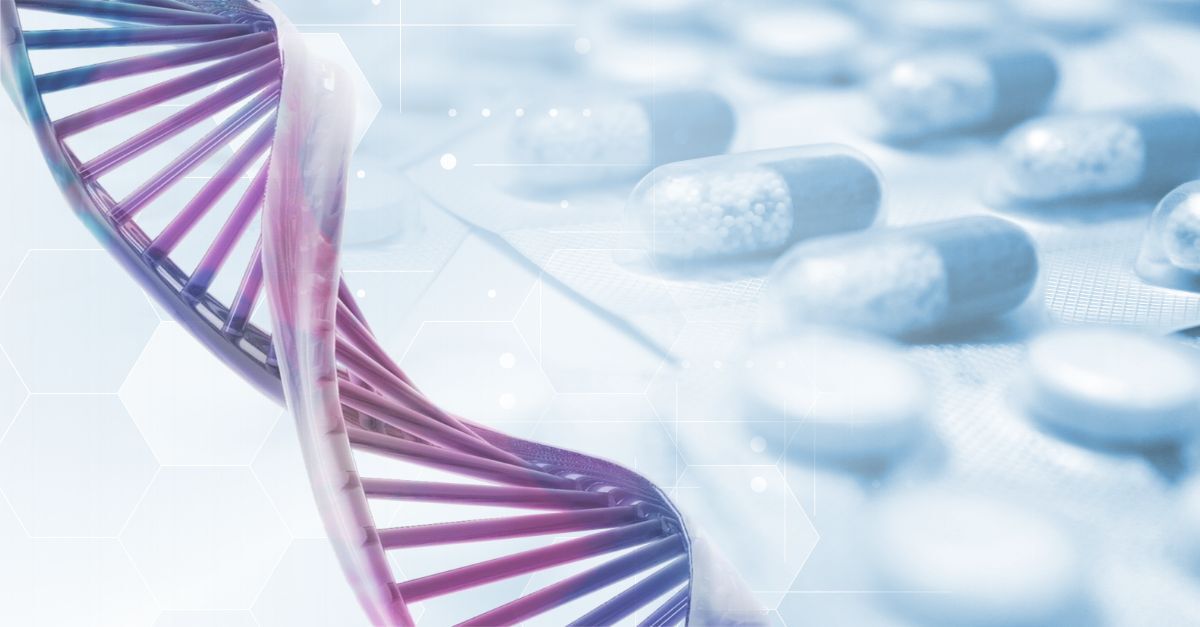- Other Products
- CCP
Understanding Gene Therapy Modalities Gene therapy represents a groundbreaking approach in the treatment of various diseases, leveraging the power of genetic material to correct or replace faulty genes.
There are two primary modalities in gene therapy: viral vectors and non-viral vectors. Each has its unique mechanisms and applications, offering innovative solutions for complex medical conditions.
This blog post delves into the diverse modalities of gene therapy, emphasizing the importance of immunogenicity and potency testing. It highlights the latest advancements and the collaborative efforts shaping the future of gene therapy.


Understanding Gene Therapy Modalities Gene therapy represents a groundbreaking approach in the treatment of various diseases, leveraging the power of genetic material to correct or replace faulty genes.
There are two primary modalities in gene therapy: viral vectors and non-viral vectors. Each has its unique mechanisms and applications, offering innovative solutions for complex medical conditions.
This blog post delves into the diverse modalities of gene therapy, emphasizing the importance of immunogenicity and potency testing. It highlights the latest advancements and the collaborative efforts shaping the future of gene therapy.
Viral vectors are a cornerstone of gene therapy. These vectors use viruses' natural ability to deliver genetic material into cells. Adeno-associated viruses (AAVs), for example, are widely used due to their efficiency and relatively low pathogenicity. AAVs can target specific tissues, making them ideal for treating conditions like hemophilia and certain muscular dystrophies.
Other viral vectors include adenoviruses and lentiviruses, each chosen based on the therapeutic needs and the specific characteristics of the disease being targeted.
In recent years, non-viral vectors have gained significant attention. These methods avoid some of the complications associated with viral vectors, such as immune responses. Techniques like liposomes, nanoparticles, and direct delivery of CRISPR-Cas9 components are at the forefront of non-viral gene therapy.
These approaches hold promise for safer and more versatile gene delivery, potentially broadening the range of treatable conditions and improving patient outcomes.
One of the critical challenges in gene therapy is the body's immune response to the introduced genetic material or the delivery vector. Immunogenicity testing is essential to predict and monitor these responses. By understanding how a patient's immune system might react, clinicians can take proactive measures to mitigate adverse effects.
This includes developing customized assays to assess the immunogenic potential of therapeutic agents and implementing strategies to manage or suppress unwanted immune responses, ensuring both the safety and efficacy of the gene therapy.
Potency testing is another crucial aspect of developing gene therapies. This process evaluates the biological activity of the therapeutic product to ensure it performs as intended.
Accurate potency testing involves using sophisticated cell-based assays to measure the therapeutic protein's activity, ensuring consistent and effective treatment outcomes. These assays must be robust and reliable, tailored to reflect the mechanism of action of the gene therapy, and meet stringent regulatory requirements.
The field of gene therapy is rapidly evolving, with continuous advancements promising to enhance therapeutic outcomes. Innovations such as improved vector designs, targeted delivery systems, and novel gene-editing technologies like CRISPR-Cas9 are paving the way for more precise and effective treatments.
Collaborative efforts among researchers, pharmaceutical companies, and clinical institutions are crucial in addressing the remaining challenges and expanding the therapeutic potential of gene therapy.
By staying at the cutting edge of these developments, the goal is to deliver safer, more efficient, and more accessible gene therapies that can transform the lives of patients worldwide.
Curious about the complexities of AAV safety and potency? Dive into our on-demand webinar, "AAV Safety and Potency: Exploring the Analytical Maze of Gene Therapy", and gain expert insights into the evolving landscape of gene therapy analytics.